Need to develop agriculture in the direction of high technology
Over the past four decades, Vietnam's agriculture has achieved many important achievements, contributing greatly to food security and national economic growth. In 2024, the export turnover of agricultural, forestry and fishery products reached 62.4 billion USD, an increase of 18.5% over the previous year, establishing a record trade surplus.

Dr. Tran Cong Thang, Director of the Institute of Strategy and Policy on Agriculture and Environment, said that science and technology have played a key role in the success of Vietnamese agriculture over the past 40 years. Photo: Hoang Hien.
However, the industry's growth still relies heavily on resource exploitation, while total factor productivity (TFP) - representing the contribution of science and innovation - accounts for only about 74-75% of agricultural GDP growth. Investment in science and technology remains limited, accounting for only 0.82% of total budget expenditure in 2023, down from 2022.
Faced with the urgent need for scientific and technological breakthroughs and innovation in the spirit of Resolution 57-NQ/TW and Resolution 193/2025/QH15, the formation of a comprehensive agricultural innovation system is considered an inevitable step to achieve the target of 4% agricultural growth and 8% economic growth in the coming period.
On November 6 in Hanoi, the Institute of Strategy and Policy on Agriculture and Environment in collaboration with the Commonwealth Scientific and Industrial Research Organization (CSIRO) of Australia organized the Workshop “Strengthening the innovation system in Vietnam’s agriculture” within the framework of the Aus4Innovation Program. The event aimed to consult experts, policymakers and stakeholders on how to promote innovation in agriculture, linking research with practice and in line with the rapidly developing context of Vietnam’s food and agriculture industry.

Dr. Kim Wimbush, CSIRO Counselor, Australian Embassy, Director of the Aus4Innovation Program, affirmed that Australia is ready to support Vietnam in perfecting its innovation system to meet the proposed science and technology development strategy. Photo: Hoang Hien.
Vietnam is facing a great opportunity to reform institutions, promote public-private partnerships and digital transformation in green agriculture. The study recommends building a digital platform connecting institutes - schools - enterprises - cooperatives; innovating the science and technology financial mechanism towards "contracting expenditure to the final product" and establishing a Green Innovation Fund; and establishing provincial Agricultural Innovation Centers - places to test models, train human resources and spread local initiatives.
According to Dr. Tran Cong Thang, Director of the Institute of Strategy and Policy on Agriculture and Environment, the agricultural innovation system is a network of organizations, individuals, policies and support mechanisms to bring knowledge, technology and new organizational models to serve socio-economic development. This system not only creates knowledge but also spreads, connects and forms new markets, contributing to promoting green industry, reducing emissions, conserving resources and improving the quality of life through access to clean energy, clean water and sustainable nutrition.
According to Mr. Thang, science and technology have been a key contributor to the success of Vietnamese agriculture over the past 40 years, demonstrated by the outstanding productivity of many industries such as rice, coffee, pepper and tra fish. However, growth is slowing down due to limited resources, reduced investment and a lack of innovation in production structure.
"To maintain the growth momentum, it is necessary to continue restructuring the industry towards high technology, circularity and sustainability; promote land accumulation, digital transformation, human resource training, innovation in investment and financial mechanisms and development of agricultural product markets. These solutions will help increase productivity, added value, while increasing the ability to adapt to climate change and minimizing risks for the national agriculture sector," Dr. Tran Cong Thang emphasized.
Repositioning agriculture in development thinking
Science and technology have contributed greatly to the success of Vietnamese agriculture after nearly 40 years of renovation. Thanks to improved varieties, mechanized production and the application of natural disaster forecasting technology, Vietnam's rice productivity is now double that of Thailand, coffee productivity is 1.7 times higher than Brazil, and tra fish productivity reaches an average of 300 tons/ha - among the highest in the world.

Professor Andrew J. Hall, senior scientist at CSIRO - Australia's national science agency, and head of the Innovation Policy Group of the Australia-Vietnam Innovation Program (Aus4Innovation), said that Vietnam has built a fairly complete public research and development system. Photo: Hoang Hien.
According to the Institute, fisheries and forestry are currently two sectors with strong growth potential, with average growth rates of 6.08% and 3.34% per year, respectively. However, limitations in land resources, investment capital, aging labor force, and slow innovation in production organization are becoming barriers to agricultural growth.
To overcome this challenge, experts propose promoting restructuring of the industry towards high-tech, circular and ecological agriculture. Land accumulation, application of advanced technology, training of high-quality human resources, increasing public investment and attracting the private sector are considered key solutions. In addition, it is necessary to improve institutions, reform administrative procedures, develop agricultural product markets and enhance adaptability to climate change.
Presenting at the workshop, Professor Andrew J. Hall, senior scientist at CSIRO - Australia's National Science Agency, and Head of the Innovation Policy Group of the Australia - Vietnam Innovation Program (Aus4Innovation), commented that Vietnam has built a fairly complete public research and development (R&D) system, but the R&D capacity of the private sector only accounts for about 14% of total activities. He said that it is necessary to increase this proportion to 60% through public-private partnerships, encouraging businesses to invest in applied research.
According to Professor Andrew J. Hall, the innovation challenges in agriculture today are cross-sectoral, including responding to climate change, reducing emissions, ensuring healthy nutrition, economic security and global trade disruption. Therefore, Vietnam needs to reposition agriculture as a high-tech industry, playing a driving role in promoting broader national development goals.
He also emphasized that many innovation activities related to environmental and social goals are currently initiated by non-profit organizations and grassroots communities, but have not received adequate support from the R&D system. Therefore, it is necessary to expand the scale and invest in potential models, especially initiatives towards sustainability and social inclusion.
In addition, building a connection mechanism between R&D and the non-profit sector through technology intermediary organizations can become an effective direction. The innovation system needs to be operated in the direction of continuous improvement, with a mechanism for monitoring, evaluating and learning periodically to adjust goals to suit the changing context.
Commenting on this issue, Dr. Kim Wimbush, CSIRO Counselor at the Australian Embassy and Director of the Aus4Innovation Program, said that research cooperation within the framework of Aus4Innovation has helped both sides share experiences and solutions to address challenges in agriculture. He affirmed that Australia is ready to support Vietnam in perfecting its innovation system to meet the proposed science and technology development strategy.
Innovation is becoming the key to a green, modern and climate-resilient agriculture. When science and technology are placed at the center, Vietnamese agriculture will not only ensure its role as a pillar of the economy, but also expand its influence as a high-tech industry, creating a driving force for sustainable development in the future.
Source: https://nongnghiepmoitruong.vn/doi-moi-sang-tao--chia-khoa-phat-trien-nong-nghiep-xanh-va-ben-vung-d782699.html


![[Photo] Prime Minister Pham Minh Chinh receives the delegation of the Semiconductor Manufacturing International (SEMI)](https://vphoto.vietnam.vn/thumb/1200x675/vietnam/resource/IMAGE/2025/11/06/1762434628831_dsc-0219-jpg.webp)




![[Photo] Closing of the 14th Conference of the 13th Party Central Committee](https://vphoto.vietnam.vn/thumb/1200x675/vietnam/resource/IMAGE/2025/11/06/1762404919012_a1-bnd-5975-5183-jpg.webp)
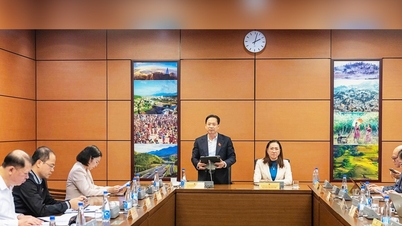

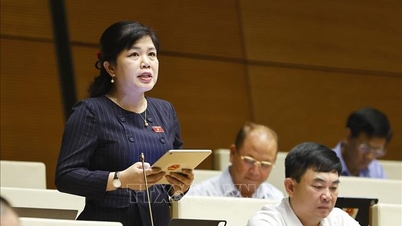

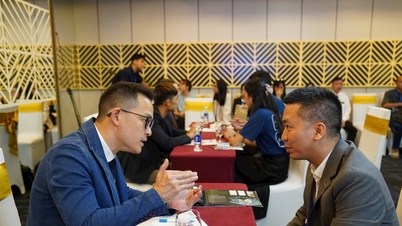

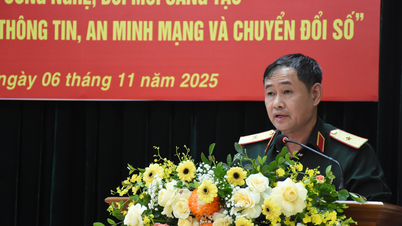


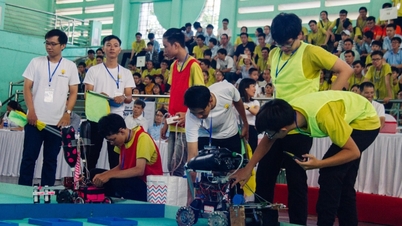

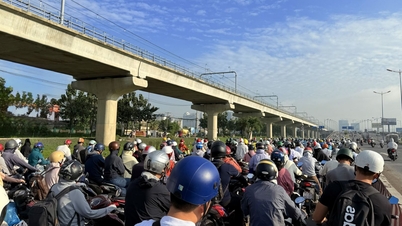



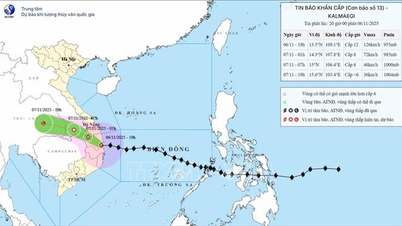






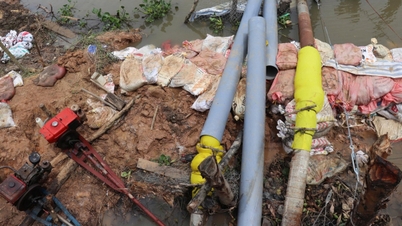

![Building a 'fortress' against natural disasters: [Part 2] Changing state from passive to active](https://vphoto.vietnam.vn/thumb/402x226/vietnam/resource/IMAGE/2025/11/06/1762423529917_0242-2223-160125_902.jpeg)
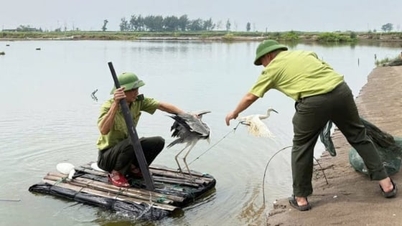







































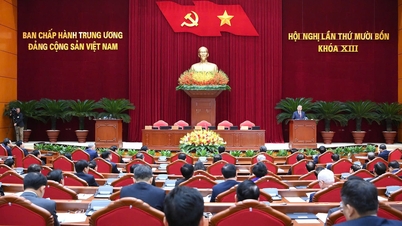


















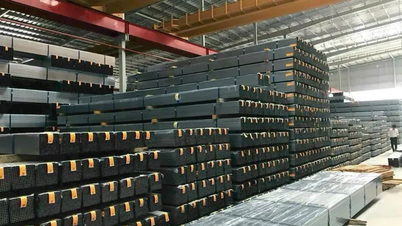


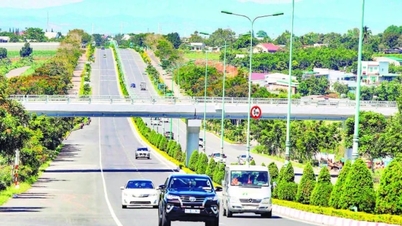

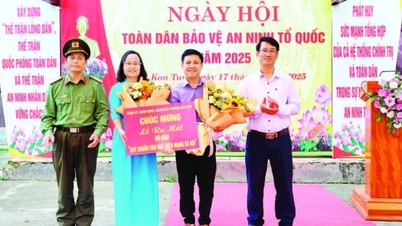














Comment (0)